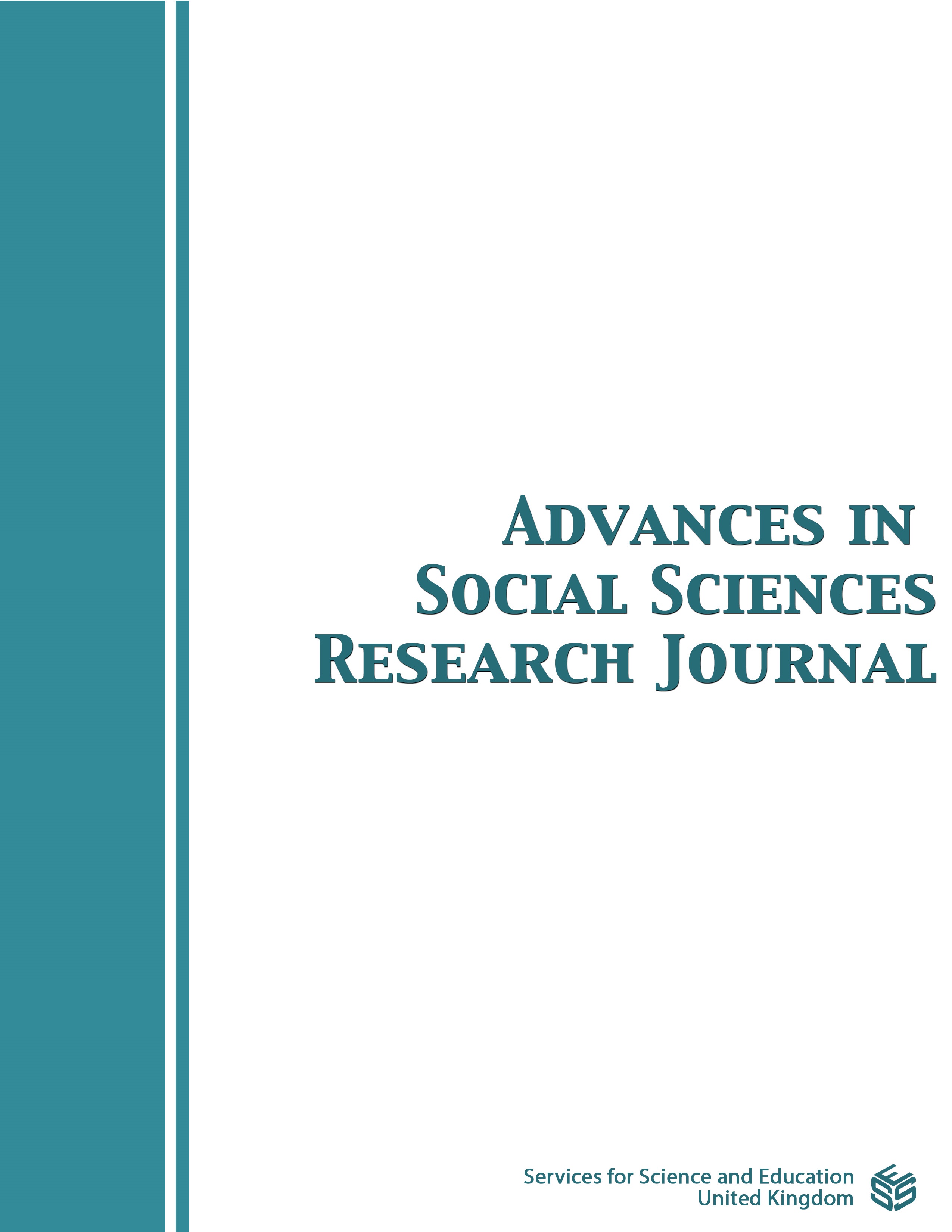Environmental Deterioration and Environmental Education: The Challenge of Climate Change
DOI:
https://doi.org/10.14738/assrj.109.15538Keywords:
Environmental Education, Climate Change Sceptics, Climate Change Deniers, Global North Climate Action Reluctance, Aggressive Climate Change EducationAbstract
The challenge of anthropogenic climate change has attracted considerable attention, particularly from the United Nations. The United Nations has through the United Nations Framework Convention on Climate Change, the Kyoto Protocol, the Paris Agreement, the work of the Intergovernmental Panel on Climate Change and the Conference of the Parties devised several strategies to address Climate Change. Environmental Education and the associated Education for Sustainable Development and Climate Change Education, have been promoted as strategies. The conceptualisation and employment of these ideals, whose emergence and significance are closely related to the concern for environmental deterioration, have been of considerable interest. Be that as it may, there are several obstacles in the effective employment of Environmental Education/Climate Change Education in addressing the climate crisis. These include the perspectives promoted by climate change sceptics and deniers, the reluctance/refusal of the Global North to accept responsibility for climate action based on a reparation principle, the insistence of the Global South on climate justice, and unorganised climate action laggards or inactive individuals and groups. Aggressive and effective Climate Change Education is necessary in order to achieve the UN’s objectives of 1.5 degrees centigrade and the Net-Zero objectives.
Downloads
Published
How to Cite
Issue
Section
License
Copyright (c) 2023 Chris O. Ikporukpo

This work is licensed under a Creative Commons Attribution 4.0 International License.
Authors wishing to include figures, tables, or text passages that have already been published elsewhere are required to obtain permission from the copyright owner(s) for both the print and online format and to include evidence that such permission has been granted when submitting their papers. Any material received without such evidence will be assumed to originate from the authors.






